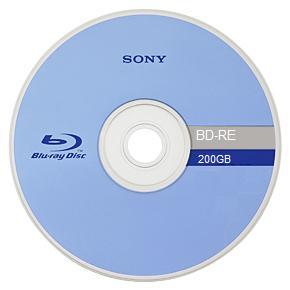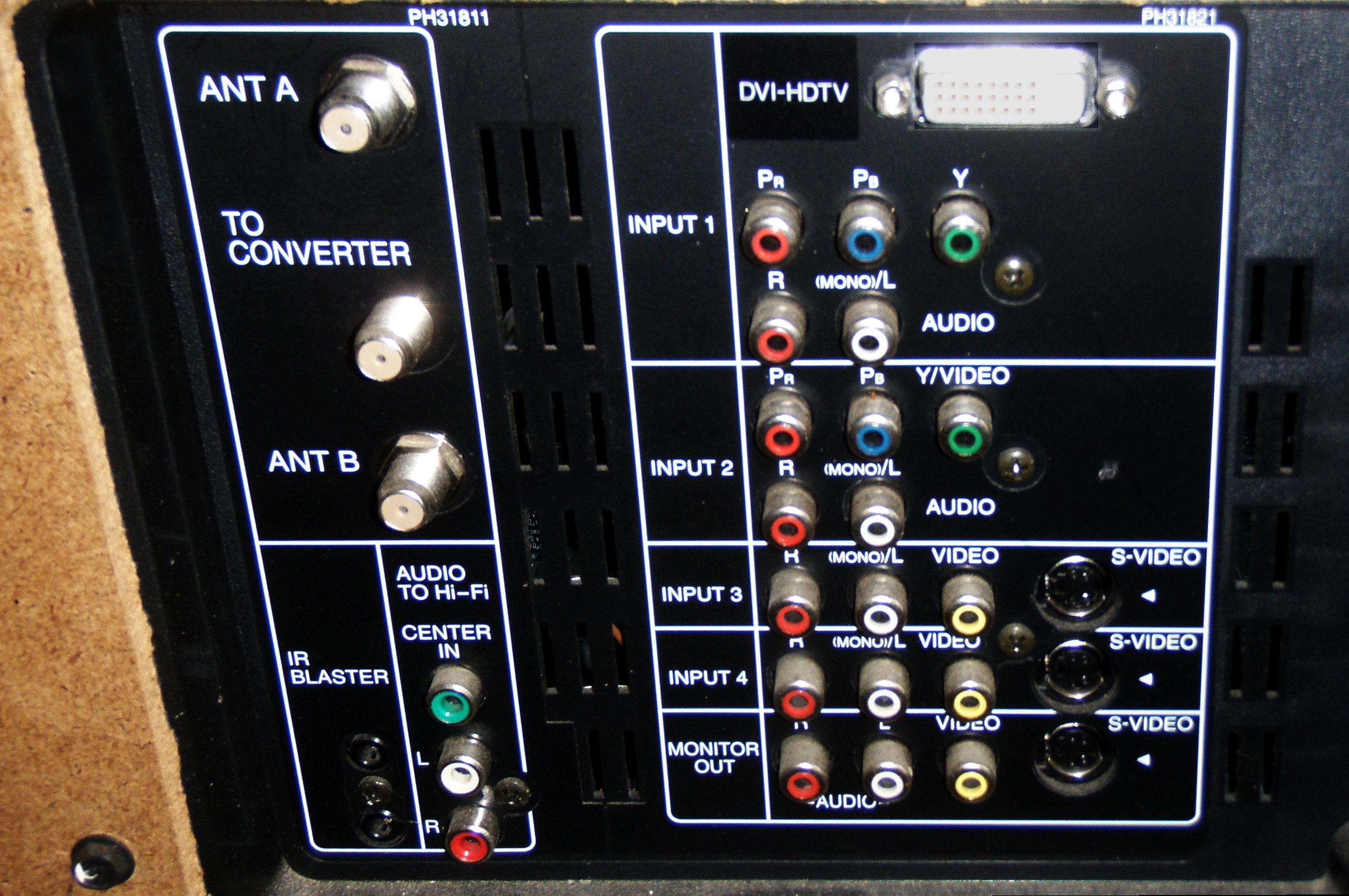|
WEGA
WEGA was a German audio and video manufacturer, manufacturing some of Germany's earliest radio receivers. History WEGA, pronounced "Vega", was founded as ''Wuerttembergische Radio-Gesellschaft mbh'' in Stuttgart, Germany in the year 1923. In 1975, it was acquired by Sony Corporation. They were then known throughout Europe for stylish and high-quality stereo equipment, designed by Verner Panton and Hartmut Esslinger. Sony continued to use the WEGA brand until 2005, when liquid-crystal displays superseded the company's Trinitron aperture grille-based CRT models. Starting in 1998, Sony released a television line called '' FD Trinitron/WEGA'', a flat-screen television with side-mounted speakers and a silver-coloured cabinet. Sony says that the FD Trinitron WEGA was named after a star ("Vega" in English) in the Lyra constellation, and made no reference to the original WEGA firm. Sony has also used WEGA as a name for flat-screen televisions with newer technologies than CRT. The ... [...More Info...] [...Related Items...] OR: [Wikipedia] [Google] [Baidu] |
FD Trinitron/WEGA
FD Trinitron/WEGA is Sony's flat version of the Trinitron Cathode-ray tube, picture tube. This technology was also used in computer monitors bearing the Trinitron mark. The FD Trinitron used computer-controlled feedback systems to ensure sharp focus across a flat screen. The FD Trinitron reduces the amount of glare on the screen by reflecting much less ambient light than spherical or vertically flat CRTs. Flat screens also increase total image viewing anglehttps://www.sony.com/electronics/support/res/manuals/W000/W0000971M.pdf and have less geometric distortion in comparison to curved screens. The FD Trinitron line featured key standard improvements over prior Trinitron designs including a finer pitch aperture grille, an electron gun with a greater focal length for corner focus, and an improved deflection yoke for color convergence. Sony would go on to receive an Emmy Award from the National Academy of Television Arts and Sciences for its development of flat screen CRT technology. ... [...More Info...] [...Related Items...] OR: [Wikipedia] [Google] [Baidu] |
Bravia (brand)
Bravia (stylized as BRAVIA) is a brand of Sony Visual Products Inc., a wholly owned subsidiary of Sony, and is used for its television products. Its name is a backronym for "Best Resolution Audio Visual Integrated Architecture". All Sony high-definition flat-panel Liquid-crystal display, LCD televisions in North America have carried the logo for BRAVIA since 2005. BRAVIA replaces the "LCD WEGA," which Sony used for their LCD TVs until summer 2005 (early promotional photos of the first BRAVIA TVs still bearing the WEGA moniker). In 2014 (on the part of Sony President and CEO Kaz Hirai, Kazuo Hirai's plans to turn Sony around), BRAVIA was made into a subsidiary rather than simply a brand of products. BRAVIA televisions and their components are manufactured in Sony's plants in Mexico, Japan, and Slovakia for their respective regions and are assembled from imported parts in Brazil, Spain, China, Malaysia, and Ecuador. Principal design work for BRAVIA products is performed at Sony's rese ... [...More Info...] [...Related Items...] OR: [Wikipedia] [Google] [Baidu] |
Hartmut Esslinger
Hartmut Esslinger (born 5 June 1944) is a German-American industrial designer and inventor. He is best known for founding the design consultancy Frog Design, frog, and his work for Apple Computer in the early 1980s. Life and career Esslinger was born in Beuren (Simmersfeld), in Germany's Black Forest.Esslinger, Hartmut (2009). ''A Fine Line: How Design Strategies Are Shaping the Future of Business'' Jossey-Bass, At age 25, Esslinger finished his studies at the Hochschule für Gestaltung Schwäbisch Gmünd in Schwäbisch Gmünd. After facing vicious criticism of a radio clock he designed while in school and the disapproval of his mother (who burned his sketchbooks),Nye, Sean"Hartmut Esslinger."In Immigrant Entrepreneurship: German-American Business Biographies, 1720 to the Present, vol. 5, edited by R. Daniel Wadhwani. German Historical Institute. Last modified April 29, 2015. http://www.immigrantentrepreneurship.org/entry.php?rec=236 he started his own design agency in 1969, ... [...More Info...] [...Related Items...] OR: [Wikipedia] [Google] [Baidu] |
Verner Panton
Verner Panton (13 February 1926 – 5 September 1998) is considered one of Denmark's most influential 20th-century furniture and interior designers. During his career, he created innovative and futuristic designs in a variety of materials, especially plastics, and in vibrant and exotic colors. His style was very "1960s" but regained popularity at the end of the 20th century. As of 2004, Panton's best-known furniture models are still in production (at Vitra, among others). Biography Panton was already an experienced artist in Odense when he went to study architecture at the Royal Danish Academy of Art (''Det Kongelige Danske Kunstakademi'') in Copenhagen, graduating in 1951. During the first two years of his career, 1950–1952, he worked at the architectural practice of Arne Jacobsen, another Danish architect and furniture designer. Panton turned out to be an "enfant terrible" and he started his own design and architectural office. He became well known for his innovative archit ... [...More Info...] [...Related Items...] OR: [Wikipedia] [Google] [Baidu] |
Trinitron
Trinitron was Sony's brand name for its line of aperture-grille-based CRTs used in television sets and computer monitors. It was one of the first television systems to enter the market since the 1950s. Constant improvement in the basic technology and attention to overall quality allowed Sony to charge a premium for Trinitron devices into the 1990s. Patent protection on the basic Trinitron design ran out in 1996, and it quickly faced a number of competitors at much lower prices. The name Trinitron was derived from ''trinity'', meaning the union of three, and ''tron'' from elec''tron'' tube, after the way that the Trinitron combined the three separate electron guns of other CRT designs into one. History Color television Color television had been demonstrable since the 1920s starting with John Logie Baird's system. However, it was only in the late 1940s that it was perfected by both CBS and RCA. At the time, a number of systems were being proposed that used separate red ... [...More Info...] [...Related Items...] OR: [Wikipedia] [Google] [Baidu] |
Sony
is a Japanese multinational conglomerate (company), conglomerate headquartered at Sony City in Minato, Tokyo, Japan. The Sony Group encompasses various businesses, including Sony Corporation (electronics), Sony Semiconductor Solutions (imaging and sensing), Sony Entertainment (including Sony Pictures and Sony Music Group), Sony Interactive Entertainment (video games), Sony Financial Group, and others. Sony was founded in 1946 as by Masaru Ibuka and Akio Morita. In 1958, the company adopted the name Initially an electronics firm, it gained early recognition for products such as the TR-55 transistor radio and the CV-2000 home video tape recorder, contributing significantly to Japan's Japanese economic miracle, post-war economic recovery. After Ibuka's retirement in the 1970s, Morita served as chairman until 1994, overseeing Sony's rise as a global brand recognized for innovation in consumer electronics. Landmark products included the Trinitron color television, the Walkma ... [...More Info...] [...Related Items...] OR: [Wikipedia] [Google] [Baidu] |
Sony Products
is a Japanese multinational conglomerate headquartered at Sony City in Minato, Tokyo, Japan. The Sony Group encompasses various businesses, including Sony Corporation (electronics), Sony Semiconductor Solutions (imaging and sensing), Sony Entertainment (including Sony Pictures and Sony Music Group), Sony Interactive Entertainment (video games), Sony Financial Group, and others. Sony was founded in 1946 as by Masaru Ibuka and Akio Morita. In 1958, the company adopted the name Initially an electronics firm, it gained early recognition for products such as the TR-55 transistor radio and the CV-2000 home video tape recorder, contributing significantly to Japan's post-war economic recovery. After Ibuka's retirement in the 1970s, Morita served as chairman until 1994, overseeing Sony's rise as a global brand recognized for innovation in consumer electronics. Landmark products included the Trinitron color television, the Walkman portable audio player, and the co-dev ... [...More Info...] [...Related Items...] OR: [Wikipedia] [Google] [Baidu] |
Grand WEGA
A liquid crystal rear projection television system using a patented "optical engine" made by Sony is a Japanese multinational conglomerate (company), conglomerate headquartered at Sony City in Minato, Tokyo, Japan. The Sony Group encompasses various businesses, including Sony Corporation (electronics), Sony Semiconductor Solutions (i ... to provide a large image in a very compact chassis. Screen sizes in inches can range anywhere for 42" to 70"; with exceptional sharpness, composed of approximately 2.5 million plus pixels. References Sony products {{Product-stub ... [...More Info...] [...Related Items...] OR: [Wikipedia] [Google] [Baidu] |
Plasma Display
A plasma display panel is a type of flat-panel display that uses small cells containing Plasma (physics), plasma: Ionization, ionized gas that responds to electric fields. Plasma televisions were the first large (over diagonal) flat-panel displays to be released to the public. Until about 2007, plasma displays were commonly used in large televisions. By 2013, they had lost nearly all market share due to competition from low-cost liquid-crystal displays (LCDs). Manufacturing of plasma displays for the United States retail market ended in 2014, and manufacturing for the Chinese market ended in 2016. Plasma displays are obsolete, having been superseded in most if not all aspects by OLED displays. Competing display technologies include cathode-ray tube (CRT), organic light-emitting diode (OLED), CRT projectors, AMLCD, digital light processing (DLP), SED-tv, LED display, field emission display (FED), and quantum dot display (QLED). History Early development Kálmán Tihanyi, ... [...More Info...] [...Related Items...] OR: [Wikipedia] [Google] [Baidu] |
Rear-projection Television
Rear-projection television (RPTV) is a type of large-screen television display technology. Until approximately 2006, most of the relatively affordable consumer large screen TVs up to used rear-projection technology. A variation is a video projector, using similar technology, which projects onto a screen. Three types of projection systems are used in projection TVs. CRT rear-projection TVs were the earliest, and while they were the first to exceed 40", they were also bulky and the picture was unclear at close range. Newer technologies include DLP (reflective micromirror chip), LCD projectors, Laser TV and LCoS. They are capable of displaying high-definition video up to 1080p resolution, and examples include Sony's SXRD (Silicon X-tal Reflective Display), JVC's D-ILA (Digital Direct Drive Image Light Amplifier) and MicroDisplay Corporation's Liquid Fidelity. Background and history Necessity Cathode ray tube technology was very limited in the early days of television. It ... [...More Info...] [...Related Items...] OR: [Wikipedia] [Google] [Baidu] |








